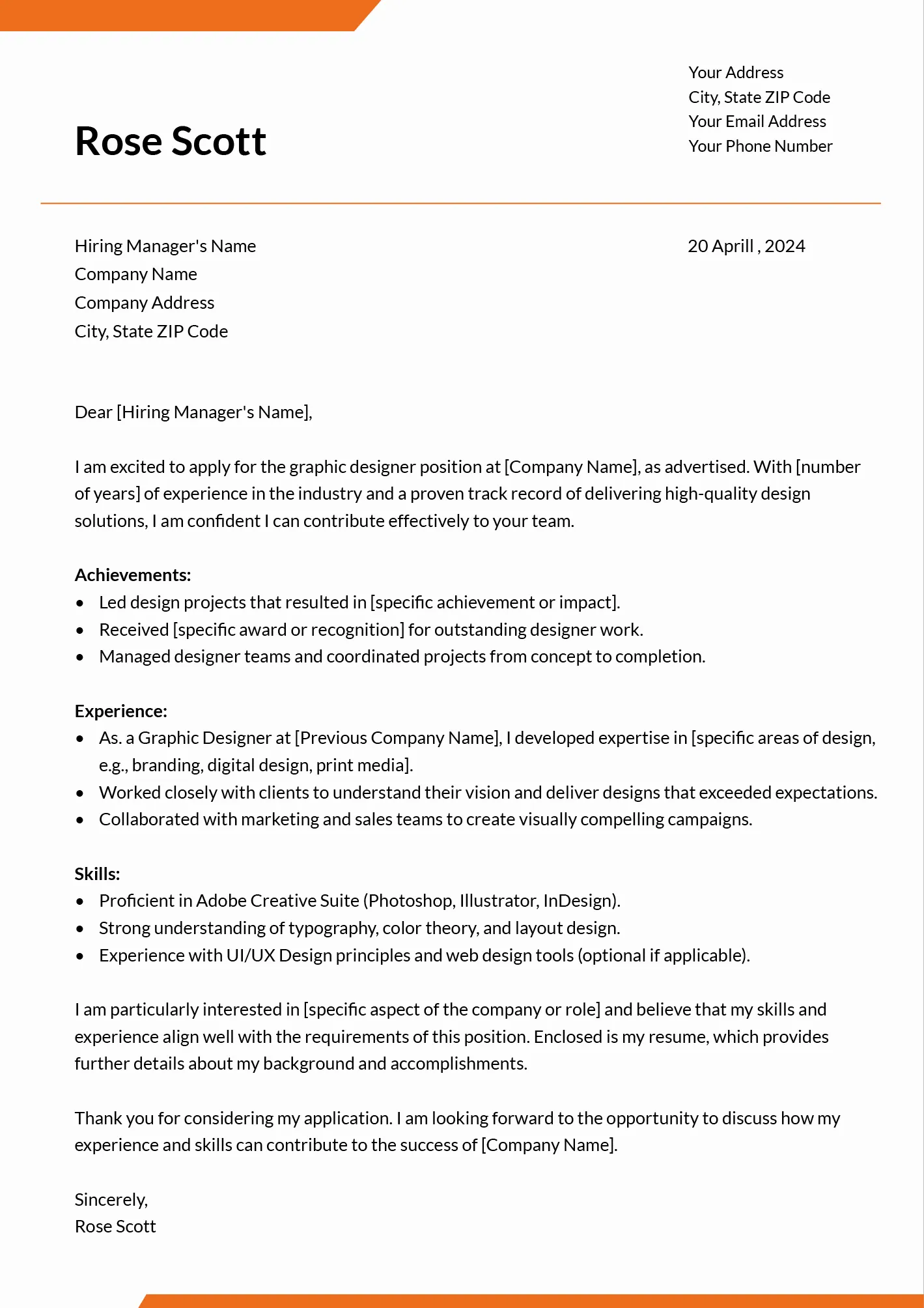Understanding the Creative Cover Letter
In the competitive world of graphic design, a standard cover letter often falls short. This is where a creative cover letter shines. It’s not just a formality; it’s an opportunity to showcase your design skills, personality, and ability to think outside the box. A well-crafted creative cover letter immediately sets you apart from other applicants, demonstrating your initiative and design acumen. It allows you to control the narrative, presenting yourself in a way that aligns with the job requirements and your unique brand. Think of it as a mini-portfolio that complements your main portfolio, providing an engaging introduction to your potential employer. It should be visually appealing, easy to read, and convey a sense of professionalism combined with your individual creative flair. This approach helps in making a lasting impression and increasing your chances of securing an interview.
Why a Creative Cover Letter Matters
A creative cover letter is a powerful tool for graphic designers. It’s your chance to show, not just tell, potential employers what you’re capable of. It proves you understand the importance of visual communication and the impact it has on capturing attention. It demonstrates your ability to apply design principles to a real-world document, making it immediately clear that you can deliver creative solutions. Furthermore, it helps you to tailor your application specifically to the company and role. By incorporating elements that resonate with the prospective employer’s brand or style, you show that you’ve done your research and have a genuine interest in their work. This personalized approach goes beyond a generic application, showing that you are proactive, thoughtful, and a good fit. In a field where visual impact is key, a creative cover letter serves as an instant portfolio preview.
How Creative Cover Letters Enhance Applications
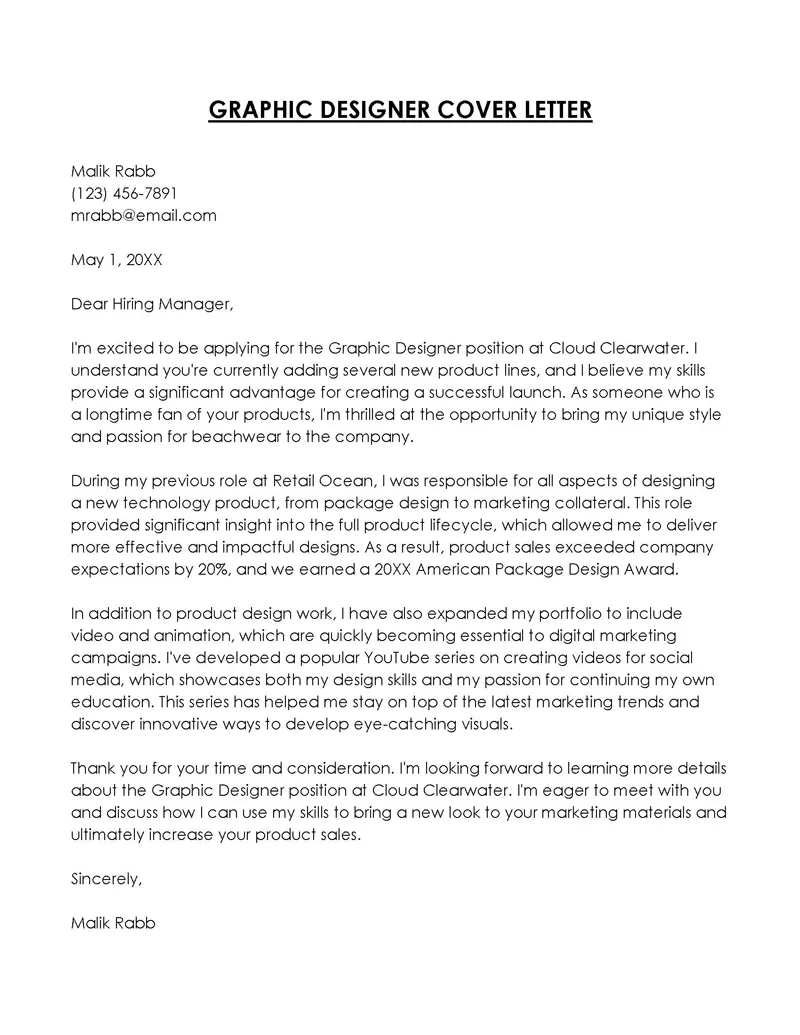
Creative cover letters significantly enhance job applications by providing a platform to exhibit your design capabilities beyond the portfolio itself. They are a direct demonstration of your skills in layout, typography, and visual storytelling. By presenting your qualifications in an engaging, visually appealing format, you capture the recruiter’s attention immediately. This shows that you’re not just sending out the same application as everyone else. A creative cover letter enables you to incorporate your personal brand, making you memorable. Use your cover letter as a chance to display the breadth of your creativity. It’s an excellent opportunity to show how you would approach design problems in a professional setting, displaying both your adaptability and innovative mindset. Moreover, a creative cover letter helps in reflecting the latest design trends, positioning you as someone who is in touch with contemporary design. When crafted effectively, a creative cover letter significantly increases your likelihood of moving to the next stage of the hiring process.
Top 5 Design Tips for a Creative Cover Letter
Tip 1 Choose a Bold Layout
One of the most critical elements of a creative cover letter is the layout. Embrace boldness. Think beyond the traditional, and choose a layout that immediately captures attention. Consider asymmetrical designs, dynamic arrangements, and unexpected use of space. A well-structured layout ensures that the content is easily digestible, guiding the reader’s eye and highlighting key information. Play with grids, but don’t be afraid to break them to create visual interest. Incorporate shapes and lines to add structure and flow. The layout should reflect your personality and design aesthetic. Always aim for clarity, making it easy for the reader to quickly grasp the most important aspects of your application. Choose a layout that complements your design skills, making your cover letter a pleasure to read and increasing its memorability. A bold layout is a clear indication of your creativity and design acumen.
Leveraging Whitespace in Your Design
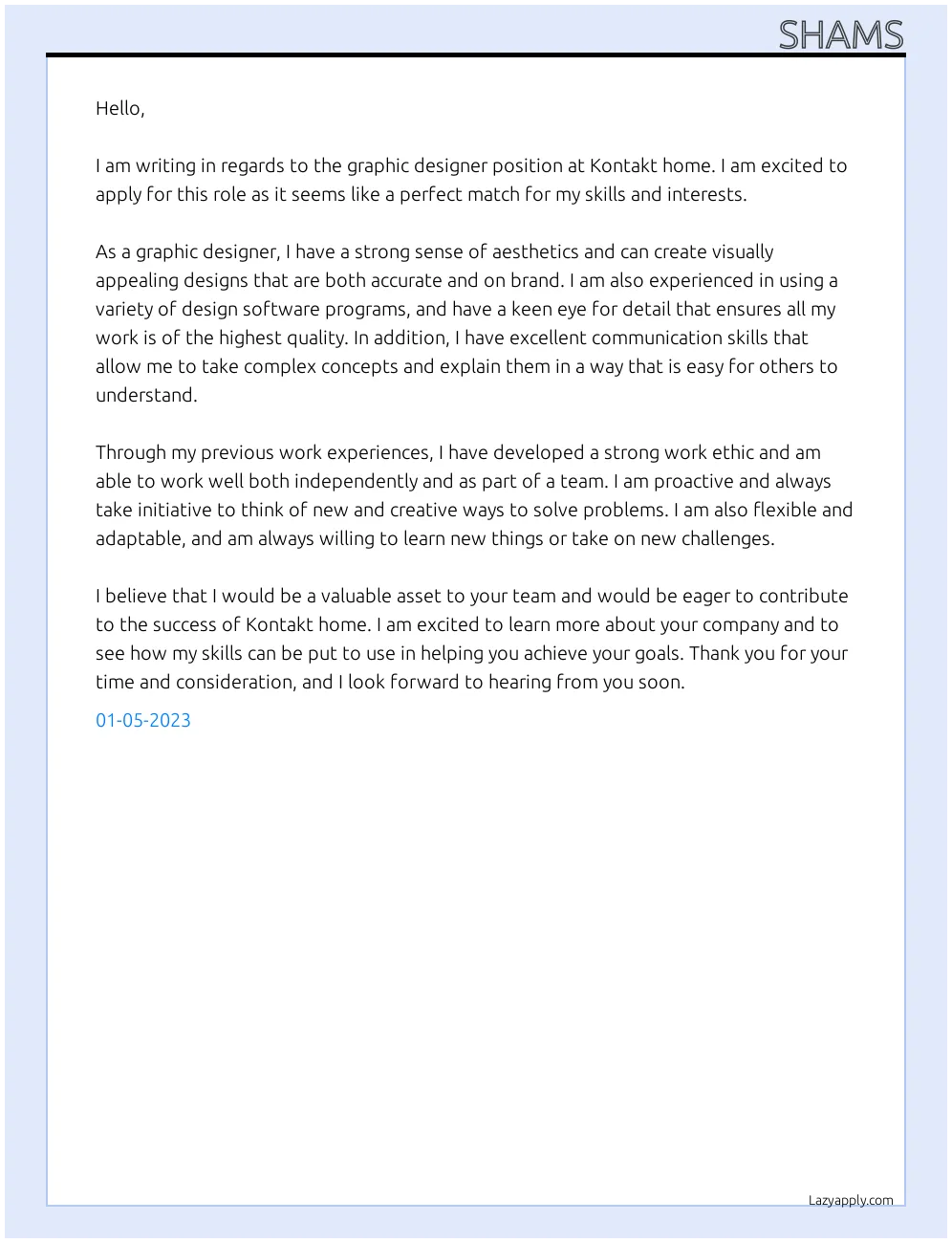
In your bold layout, never underestimate the power of whitespace. Whitespace, or negative space, is the area of your design that is left empty. It’s not just empty space; it’s a crucial design element. Whitespace prevents the design from feeling cluttered, making the content easier to read and understand. It provides visual breathing room, allowing key elements to stand out. Using whitespace strategically helps guide the reader’s eye, emphasizing the most important information. It also creates a sense of sophistication and professionalism. Don’t be afraid to let your design breathe. Incorporate generous amounts of whitespace around text, images, and other design elements to achieve a clean, balanced look. This will make your creative cover letter not just visually appealing but also highly readable. Effective use of whitespace demonstrates your understanding of design principles and your ability to create a visually harmonious composition.
Tip 2 Craft a Strong Headline
A strong headline is essential for grabbing the reader’s attention immediately. It should concisely and effectively communicate your unique value proposition – what makes you stand out as a graphic designer. The headline should be the first thing a recruiter sees, so it must be compelling and immediately capture their interest. Consider using power words to create an emotional connection and make your headline memorable. Incorporate your name and the role you’re applying for to make it clear what the cover letter is about. Your headline should highlight your top skills and qualifications. It should be designed to pique their curiosity and encourage them to read further. A well-crafted headline acts as a gateway, leading the reader into the rest of your application. Make it visually appealing by choosing a striking font, size, and placement. A strong headline sets the tone for the rest of your cover letter, showing that you are an applicant who understands the importance of effective communication.
Highlighting Your Unique Value Proposition
Your unique value proposition (UVP) is what sets you apart from other designers. It’s what makes you the best fit for the role. In your headline, and throughout your cover letter, highlight your UVP. It could be a specific skill, a unique approach to design, your ability to solve problems creatively, or your experience in a niche area. Make your UVP clear and concise. It should immediately communicate what you bring to the table. Use quantifiable achievements to support your claims. For example, “Increased client engagement by 30% through innovative design solutions.” Tailor your UVP to the specific job requirements. If the role emphasizes branding, then highlight your branding experience and successful projects. By focusing on your UVP, you make it easier for the recruiter to see your potential and understand why you are the ideal candidate. Your goal is to differentiate yourself and show how you can add value to the company.
Tip 3 Select a Compelling Font
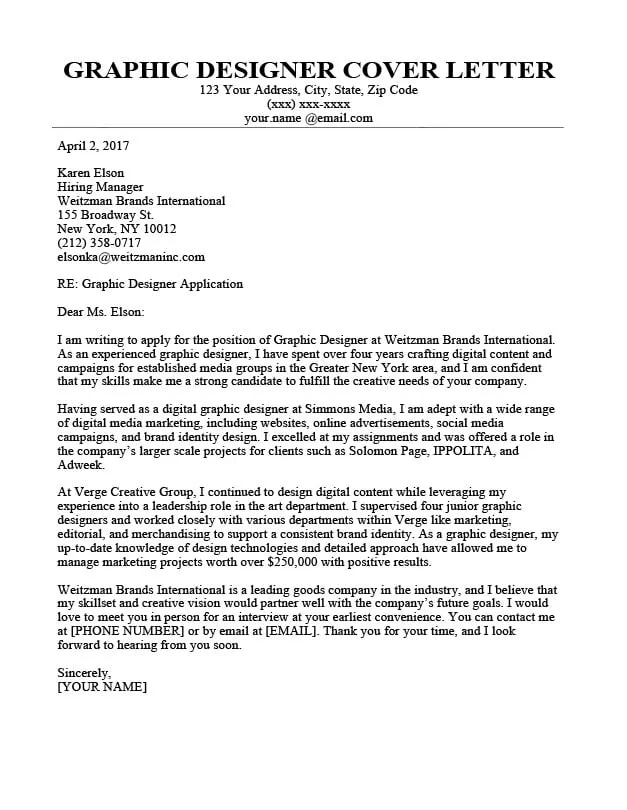
Choosing the right font is crucial for the readability and visual appeal of your cover letter. Your font choice should align with your personal brand and the tone you want to convey. Select a font that is easy to read, even at smaller sizes. Consider a professional and clean font, such as a sans-serif for a modern feel or a serif for a classic look. Limit the number of fonts you use, typically sticking to two, to maintain visual consistency. Experiment with font sizes to create a clear visual hierarchy, with headings, subheadings, and body text all differentiated. Avoid overly ornate or decorative fonts that might detract from your message. Remember, the font should enhance the content, not distract from it. Ensure your font choice is consistent with the design principles you’re trying to demonstrate. Always test your font choice to ensure it looks good in print and on screen, guaranteeing the highest possible level of professionalism.
Font Pairings and Their Impact
Selecting the right font pairings can dramatically enhance the visual appeal and readability of your creative cover letter. A good font pairing involves choosing two fonts that complement each other, creating a balanced and visually appealing design. Consider combining a clean, modern sans-serif font for headings with a readable serif font for body text to create contrast. Alternatively, you can use different weights and styles of the same font family to achieve a cohesive look. When pairing fonts, focus on the overall aesthetic you want to achieve. Experiment with different combinations until you find one that suits your brand and the tone of your cover letter. Avoid font pairings that clash or are overly similar, as they can make your design look unprofessional. Test your font pairings to ensure that they are easy to read and visually appealing. Make sure the fonts work well together in different sizes and contexts, such as headings, subheadings, and body text. Choosing the right font pairings shows your understanding of typography and its impact on design.
Tip 4 Incorporate Visual Elements
Visual elements are essential for making your creative cover letter engaging and memorable. They break up the text and help illustrate your skills and personality. Consider using high-quality graphics, illustrations, or even a professionally designed logo to enhance the visual appeal. If you’re a web designer, consider a mock-up of a website you designed. If you’re experienced in branding, add elements related to your personal brand. Incorporate charts or graphs to represent your achievements or skills visually. These elements showcase your design expertise and ability to communicate effectively through visuals. Use color to create visual interest and highlight key information. Be mindful of the color palette and choose colors that complement your design and align with your brand. Make sure that your visual elements are relevant to the content and add value to your message. Always ensure that the images are high resolution and optimized for the document format, guaranteeing the design is easy to view and share. Visual elements transform a standard document into a showcase of your creative skills.
Using Graphics to Convey Information
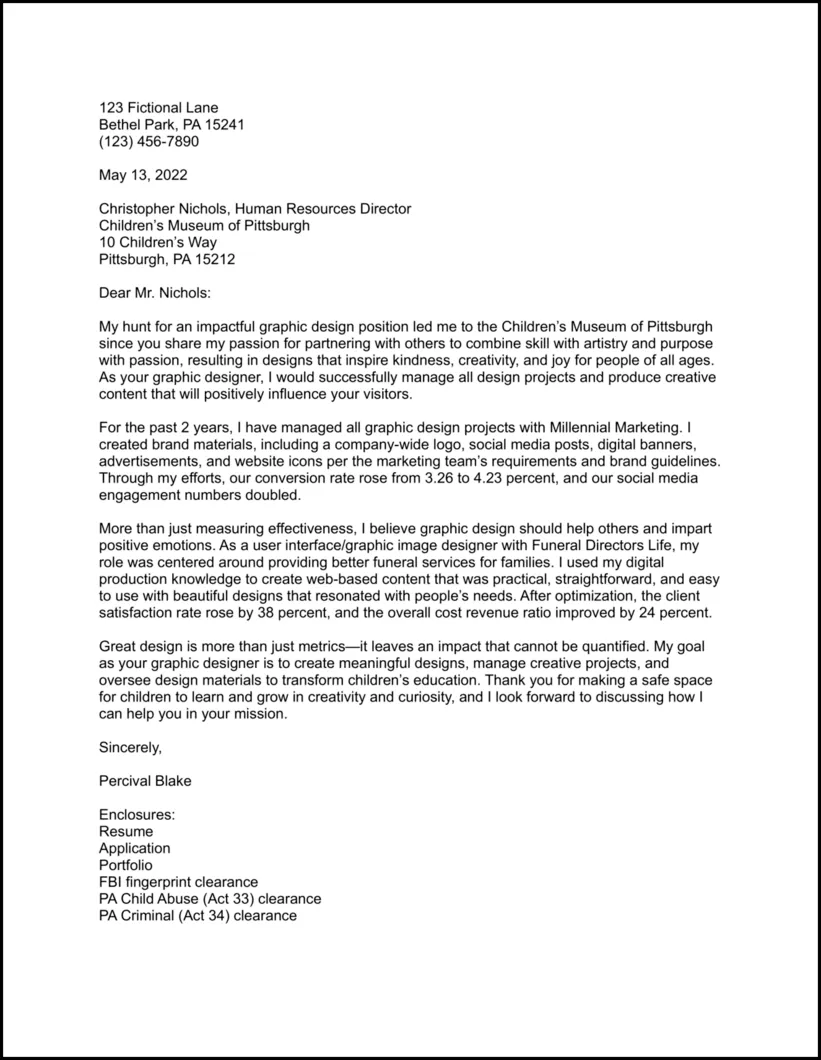
Graphics can transform how information is presented in your creative cover letter, making it more engaging and accessible. Instead of simply listing your skills, use a visual representation, like a progress bar, to showcase your proficiency in specific areas. Incorporate infographics to present your achievements in an easily digestible format. A well-designed chart or graph can illustrate your success stories and quantify your contributions effectively. Use icons to highlight key skills, experience, or accomplishments, helping the reader quickly grasp important information. When using graphics, focus on clarity and relevance. Make sure that your visuals communicate the information clearly and are aligned with your brand and design aesthetic. Balance text with graphics to create a visually appealing design. If you have a strong design background, you can create custom illustrations or use stock graphics to enhance the overall look. Using graphics not only makes your cover letter more visually appealing but also shows your ability to communicate information visually and effectively.
Tip 5 Maintain a Consistent Brand
Consistency is essential for showcasing your personal brand throughout your creative cover letter. Your cover letter should be an extension of your portfolio and online presence. Adopt a consistent color scheme, typography, and visual style, ensuring that all elements of your cover letter work together to reflect your brand identity. Your logo and any other branding elements should align with your overall design aesthetic. Using a consistent brand image helps create a cohesive look that reinforces your professionalism and attention to detail. Choose colors and fonts that are used in your portfolio and other marketing materials. This helps create a recognizable brand and makes you more memorable to potential employers. Pay attention to the tone of your writing, keeping it consistent with the style of your design. Your brand should be evident in your writing style and the way you communicate. Consistency is a key element for any designer looking to establish a strong identity and make a lasting impression.
Ensuring Cohesion with Your Portfolio
A cohesive design creates a professional impression. When submitting a creative cover letter, ensure it complements your portfolio, showing a unified vision of your work. Your cover letter should serve as an introduction to your portfolio and online presence. Use a similar design style, color palette, and typography across both documents. Your portfolio demonstrates your design capabilities, and your cover letter should reinforce them. If your portfolio showcases modern, minimalist designs, your cover letter should reflect the same style. By maintaining consistency, you provide potential employers with a unified view of your creative capabilities. Also, include your portfolio link in your cover letter, and if possible, highlight a specific project that relates to the job you’re applying for. Ensure your website, social media profiles, and any other digital assets are in harmony with your cover letter and portfolio. Cohesion ensures that your application package is polished and memorable.
Tools and Resources for Creative Cover Letters
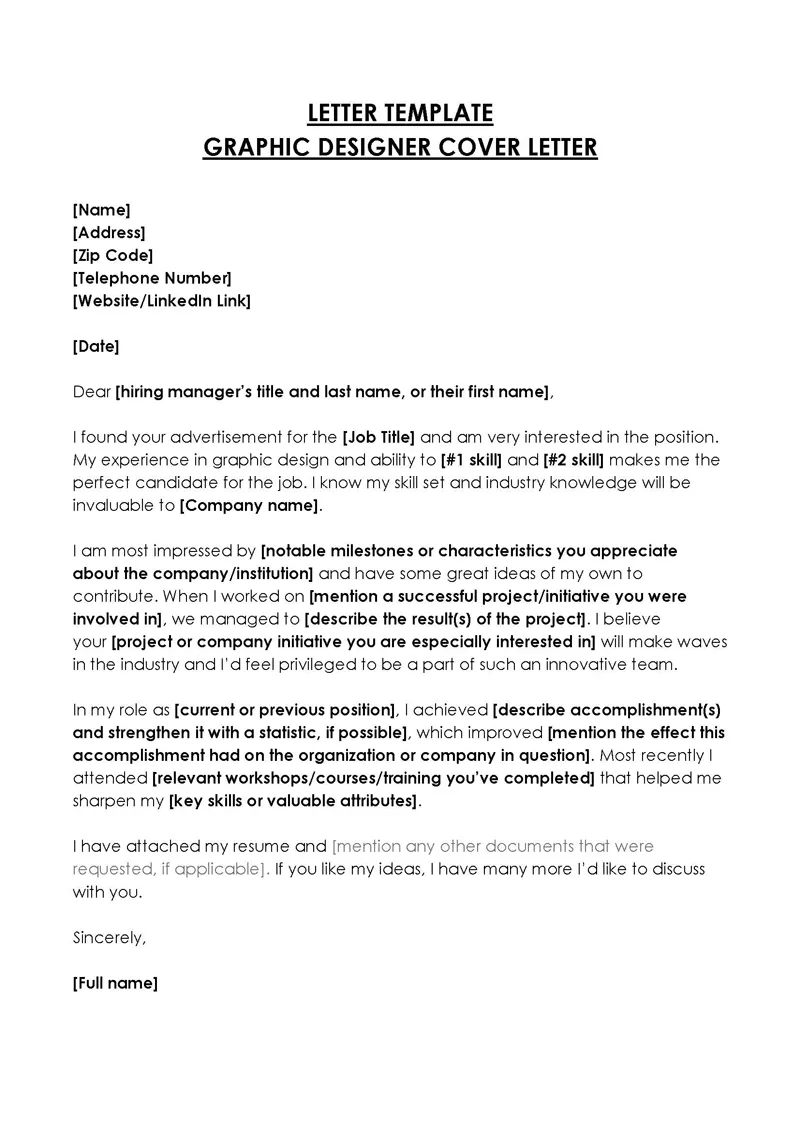
Design Software Options
Several design software options are available to help you create a creative cover letter. Adobe Photoshop and Illustrator are industry standards. They give you complete control over your design. These programs offer a comprehensive suite of tools for creating visually stunning designs, from layout and typography to image manipulation and illustration. Canva is a user-friendly option, especially for those new to design. It offers a range of templates and drag-and-drop tools, making it easy to create professional-looking documents without advanced design skills. Other tools, like Affinity Designer and Sketch, provide powerful alternatives. The best software depends on your design skills, the features you need, and your budget. Regardless of the software, make sure that the design is polished and well-structured. It is useful to get familiar with the software you choose, as this helps in your ability to effectively express your design vision. Always choose software that empowers your creative process and enables you to showcase your skills effectively.
Online Cover Letter Templates
If you’re looking for a quick start, online cover letter templates can provide an excellent foundation. Numerous websites offer a variety of customizable templates. They are a great starting point, allowing you to focus on your content rather than the design from scratch. Consider templates from professional design websites and design platforms. When using a template, make sure it aligns with your brand and the role you’re applying for. The best templates are easily customizable, allowing you to add your own style, colors, and fonts. Don’t settle for a template that looks generic. Instead, customize it to make it unique and demonstrate your design skills. Ensure your template is compatible with your chosen software, and the layout is easily editable. Also, review the template to make sure it meets the requirements of the job you’re applying for. Templates can save time, but customization is vital for creating a truly unique and impactful cover letter.
Final Thoughts
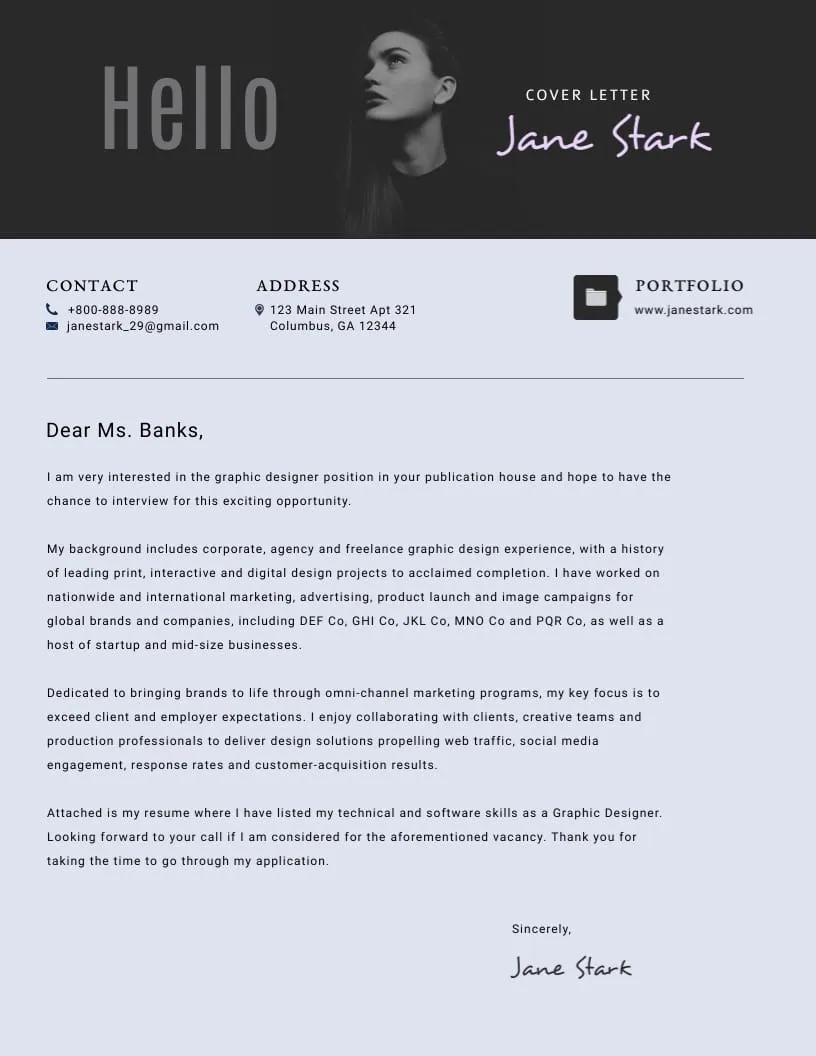
Creating a creative cover letter is a valuable investment for any graphic designer. It is more than just a formality. It is an opportunity to showcase your skills, creativity, and personality. A well-designed cover letter will help you stand out in a competitive market and secure interviews. Use the design tips discussed to make a lasting impression. Consider choosing a bold layout, crafting a strong headline, selecting a compelling font, incorporating visual elements, and maintaining a consistent brand. Remember to tailor your cover letter to each job application, highlighting your unique value proposition and making sure your cover letter complements your portfolio. By combining strategic design with compelling content, you can create a cover letter that effectively communicates your expertise and increases your chances of landing your dream job. Embrace the opportunity to be creative and let your cover letter be a reflection of your design capabilities and your professional aspirations.
